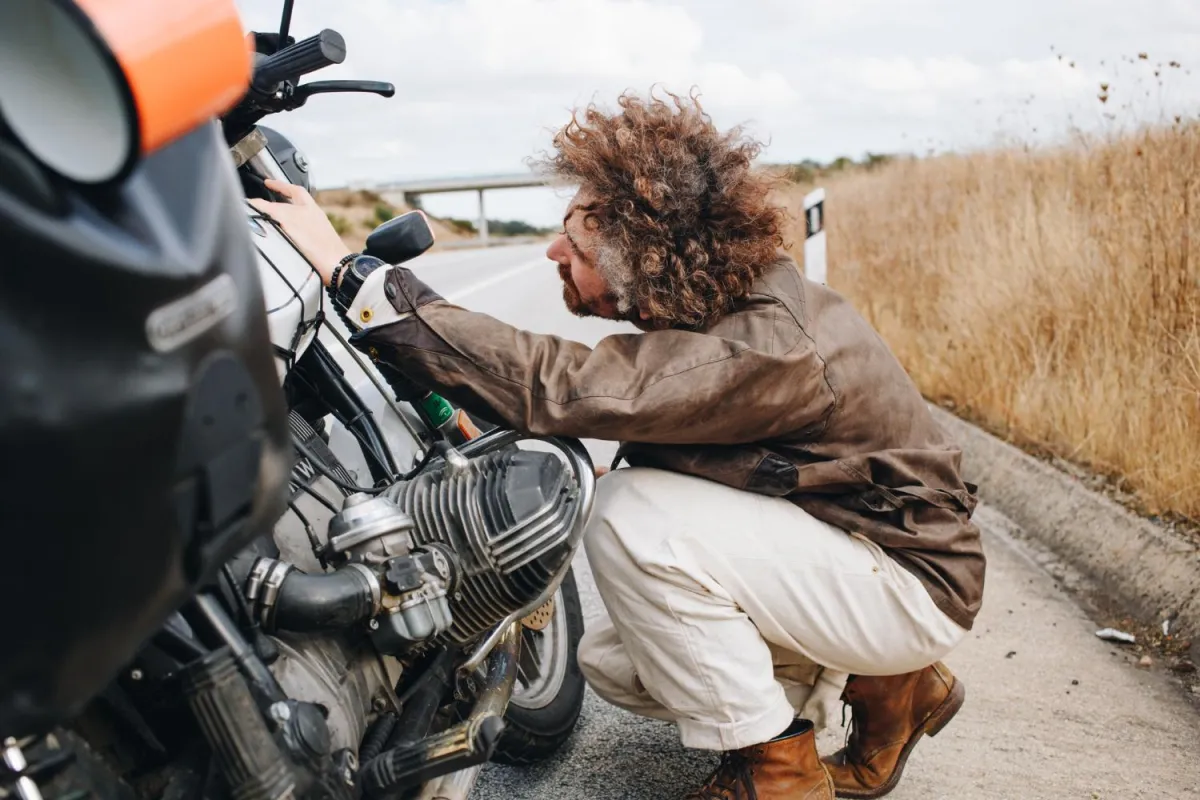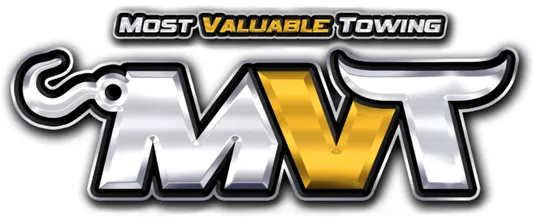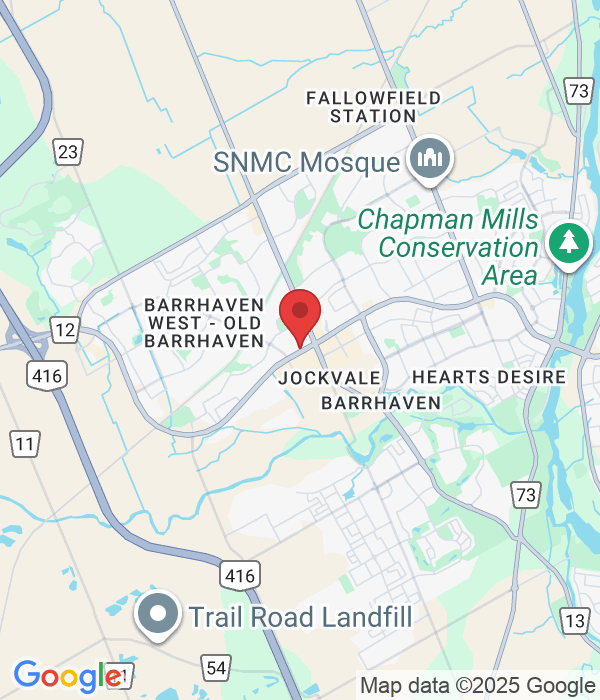Blog

Safe Transport Tips for Your Damaged Motorcycle
Transporting a damaged motorcycle isn’t something most riders think about until it actually happens. Whether it's due to a collision, a roadside breakdown, or weather-related damage, figuring out how to get your bike home or to a shop without causing even more problems can be stressful. If things go wrong during transport, minor issues like scuffed paint or loose cables can turn into major repairs.
October weather in Ottawa doesn’t make things easier. The cooler temperatures, wet leaves on roads, and early sunsets can catch even experienced motorcyclists off guard. That makes it even more important to have a clear plan when moving a bike that’s already banged up. With the right steps, you can prevent more damage and make sure your motorcycle gets where it needs to go in one piece.
Understanding the Importance of Safe Motorcycle Transport
A damaged motorcycle may look stable at a glance, but once it’s moving, hidden issues like a bent frame or slack chain can worsen quickly. That’s why getting it off the road safely should be the first priority. Even one wrong bump during transport can add to the repair bill or cause lasting problems that are harder to fix later.
Handling a bike carelessly during towing isn’t just about aesthetics either. Scraped paint and busted mirrors are inconvenient, but damage to brakes, suspension, or steering can put you at more risk if not caught early. A rough trip on the wrong type of tow setup could also impact how the motorcycle handles after it's been fixed.
This is where safe transport really matters. Whether the damage is small or more severe, taking time to do things properly helps avoid costlier issues down the road. From selecting the right towing method to making sure the wheels are properly secured, every part of the process should focus on keeping the bike stable from start to finish.
Inspecting Your Motorcycle Before Towing
Before help even arrives, it’s a good idea to take a closer look at your motorcycle. Your memory might be foggy from the moment the damage happened, so having a clear record gives you something to refer to once it's time for repairs.
Here’s a simple checklist to follow:
1. Snap photos from different angles. Focus on visible dents, scrapes, broken parts, or anything out of place.
2. Zoom in on damaged areas, especially around the wheels, levers, and engine casing.
3. Make short notes in your phone or on paper about what happened and how the bike was acting afterward.
4. If possible, record a quick video to cover anything hard to explain in writing.
5. Remove valuables from any storage compartments if it's safe to do so.
These photos and notes can help a mechanic or insurance adjuster understand what’s from the original incident and what could’ve happened during transport. It also gives you peace of mind, especially if you're not riding along with the tow. Markings on the pavement or other vehicles nearby can also be helpful to document. Just make sure you're not stepping into traffic or unsafe conditions to do so.
If the motorcycle can be placed upright safely, do that before it’s towed. Avoid trying to balance or push it yourself if it’s unstable. Anything that could shift or fall during loading should be left alone until the tow operator arrives. Better to be patient than make things worse.
Choosing the Right Motorcycle Towing Service in Ottawa
Not every towing company is set up to move motorcycles. Some only handle cars or trucks and may not have the right gear, like wheel chocks or flatbeds with proper strapping points, or lift systems that don't stress the bike's frame. Choosing a provider that knows how to deal with motorcycles reduces mistakes and lowers the risk of secondary damage.
When you're searching for a towing service for your bike, keep these points in mind:
1. Ask if they regularly tow motorcycles and what equipment they use.
2. Check that they operate locally in Ottawa and are familiar with the streets and weather conditions.
3. Find out how long they usually take to respond, especially during fall when roads can be hazardous.
4. Read customer reviews that mention motorcycle towing specifically.
5. Confirm that they offer damage-free transport and can prove it if needed.
Ottawa requires a slightly different approach than some other cities. Wet and windy fall days can change quickly, and some parts of the city aren't easy to reach in a larger truck. A service familiar with the area will have an easier time getting to your motorcycle, especially if it’s stuck somewhere tight, like near a bike path or residential street.
Remember to give clear information when you call, like your bike’s make and model, your location, and what kind of roads are nearby. The better the information you share, the easier it’ll be for them to bring the right equipment to handle your specific situation.
Preparing Your Motorcycle for Towing
Before the tow truck even pulls up, take a few minutes to get your motorcycle ready. This can help prevent parts from shifting, scratching, or coming loose on the way to the shop. Think of it like packing a fragile item. Adding a little extra protection can go a long way.
Start by double-checking for any loose accessories or personal gear. That could be your phone mount, saddlebags, tank bag, or even your helmet if it’s clipped to the side. If it’s not bolted down or isn't part of the bike’s structure, remove it.
Here are a few other quick steps to take:
1. Strip off any aftermarket gear that could easily break or detach.
2. Use bungee cords or ties to secure dangling cables, broken mirrors, or cracked fairings.
3. Cover your motorcycle with a soft fabric or bike cover, especially if the trip might be long or visibility is low.
4. If the gas tank is leaking or damaged, let the tow operator know ahead of time so they can bring the right tools or protection.
5. Make sure the bike is in neutral and the key is ready to hand over. If it’s stuck, let them know in advance.
Taking five to ten minutes for prep work can help avoid any surprises when the motorcycle arrives at the destination. It also shows your tow operator that you’ve done your part to make the job simpler and safer for both of you.
Safety Measures During Transport
Getting a damaged motorcycle onto a tow truck is a moment where things can go right or very wrong. It takes the right technique, the right equipment, and a calm approach to ensure the bike doesn’t take another hit on the way.
You should never rush the loading process. A qualified operator will take their time to line up ramps correctly or use a lift if needed. They’ll use soft straps or bar harnesses that don’t dig into the frame or handlebars. You might see them set up wheel chocks or blocks around each tire to keep the bike steady.
While you’re not doing the strapping yourself, paying attention to what’s being done helps. If something looks off, like a strap rubbing against a sharp edge or a part hanging too loosely, say something. Better to ask than to deal with a preventable issue later.
During fall in Ottawa, roads can be slick or uneven, especially after rain. That adds risk when driving a loaded flatbed through winding routes or over potholes. A stable load helps reduce jerking or sliding, even if sudden stops or turns are needed during transport. That’s why the right equipment and planning matter just as much as being careful.
Ensuring a Safe Arrival and Unloading
Once the tow truck reaches the drop-off spot, the bike’s not in the clear just yet. Unloading takes just as much caution as loading. An unbalanced motorcycle can tip or slide during lowering if the straps are rushed or mishandled.
The person unloading should release the straps in a specific order to keep the motorcycle supported until it’s fully clear. Tools like ramps, lifts, or dollies might be needed again depending on the weight and damage. If you’re there in person, be ready to spot or provide quick instructions. If something shifted during transit or wasn’t secure, you may notice it now.
After your motorcycle is safely on solid ground, do another quick inspection. Walk around it slowly and look for anything new. Scratches in fresh spots, a bar that feels looser than before, or cracks that weren’t there earlier are worth documenting again. It’s helpful to compare your post-tow checks to the photos you took before the trip.
From there, figure out your next step. Maybe you’re dropping it at a shop for repairs or rolling it into your own garage to take a closer look. Either way, knowing your motorcycle made it through the ride without any extra issues is a relief.
Why Choosing the Right Help Makes All the Difference
Getting your motorcycle safely from one place to another after it’s been damaged doesn’t have to be stressful. With a little planning, the right gear, and a tow team that knows what they’re doing, your bike can get through the journey without further damage. Some things will always be out of your control, like weather or traffic, but taking simple steps to prepare your motorcycle and choosing a qualified motorcycle towing service in Ottawa goes a long way.
When things go wrong, you want support from someone who understands motorcycles and treats yours with care. Whether it needs towing across town or just a short lift to the nearest service centre, trusting a team that knows the terrain and conditions makes all the difference.
If your bike ever breaks down or needs to be moved across town, you can count on reliable support through our motorcycle towing service in Ottawa. Most Valuable Towing treats your ride with care and makes sure it gets where it needs to go without any added stress.

24 Hours – 7 Days a week
Service Areas In Ottawa, Ontario
Kars
Kenmore
Limoges
Manotick
Metcalfe
Kenmore
Munster
Navan
Nepean
North Gower
Orleans
Osgoode
Ramsayville
Richmond
Rockcliffe
Russell
Rockland
Saint-pascal-baylon
Sarsfield
Stittsville
Vanier
Vars
Westwood
Woodlawn
If you’re ready to be towed currently, please call us directly on 343-503-0866 /
info@ottawatowtruckservice.com
For Bookings and Accounts, please call
Copyright © 2024 Ottawa Tow Truck Service. All Rights Reserved.
